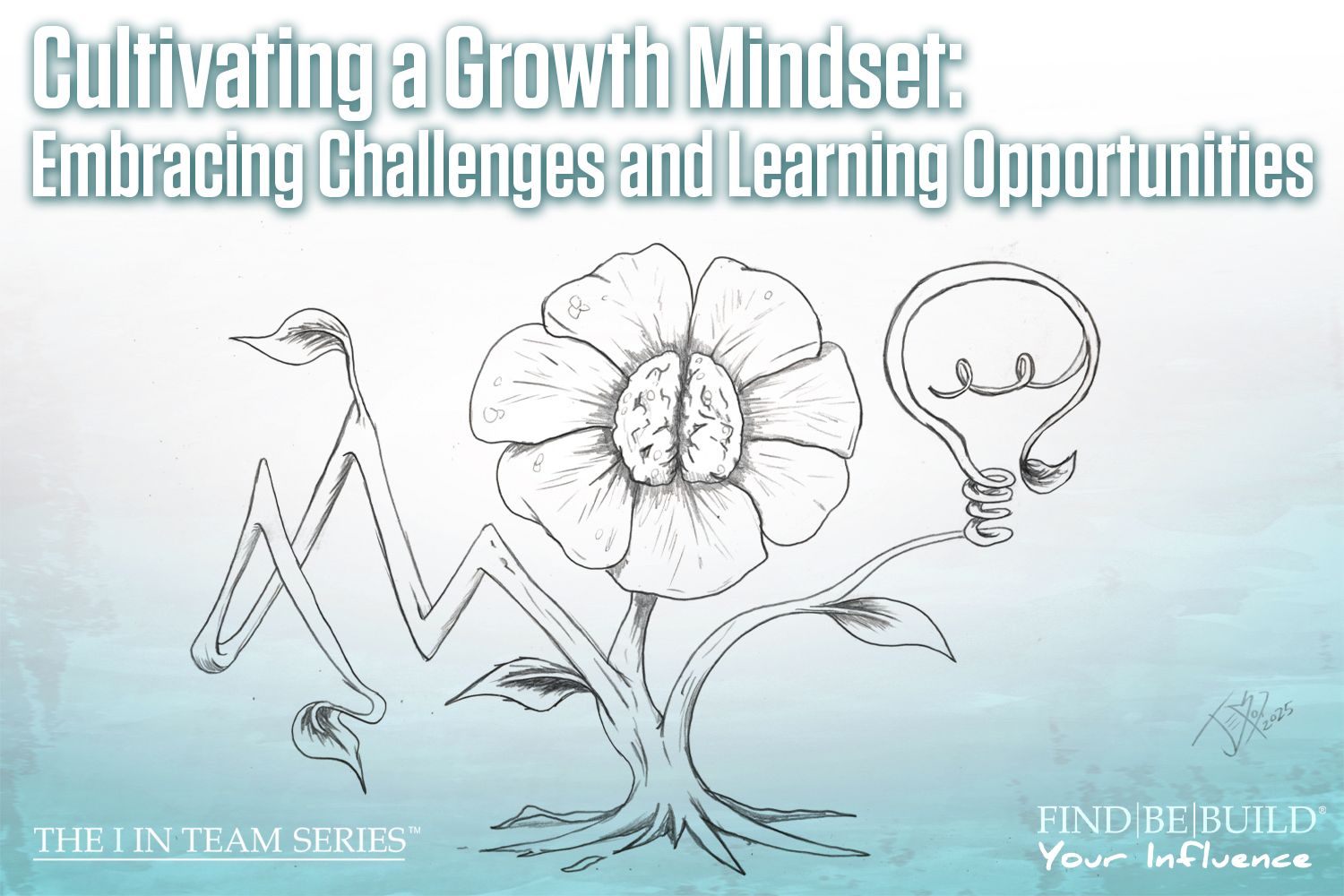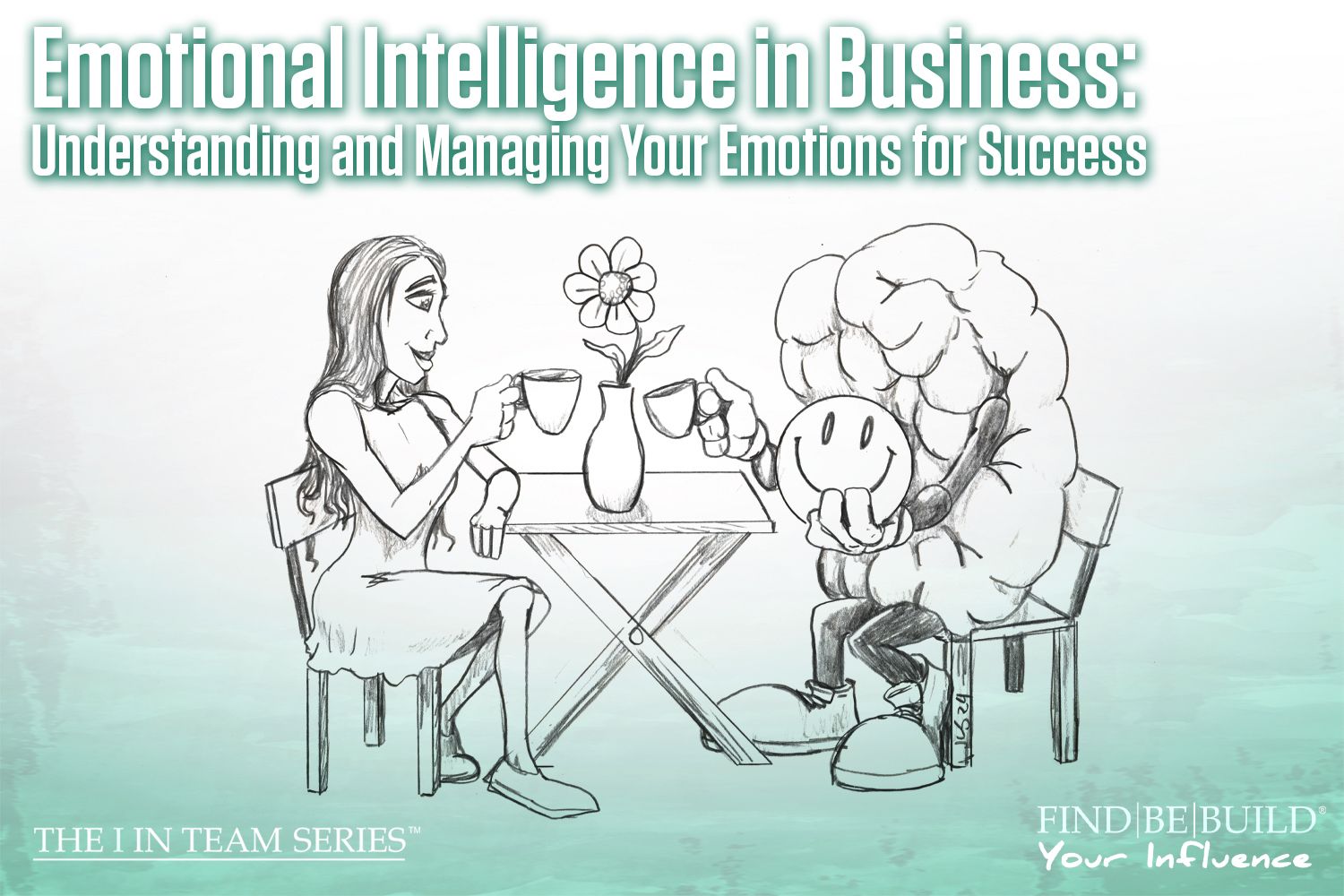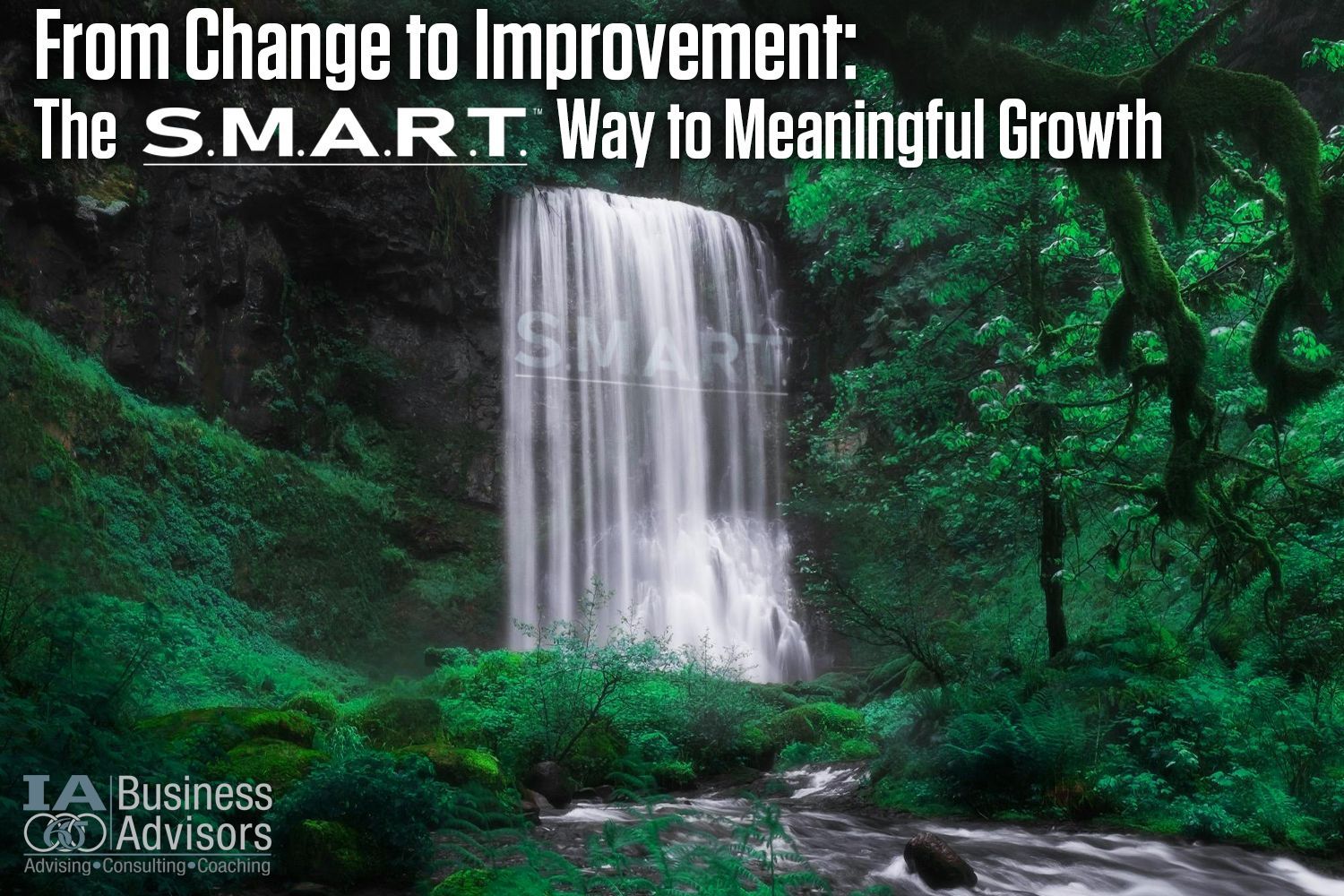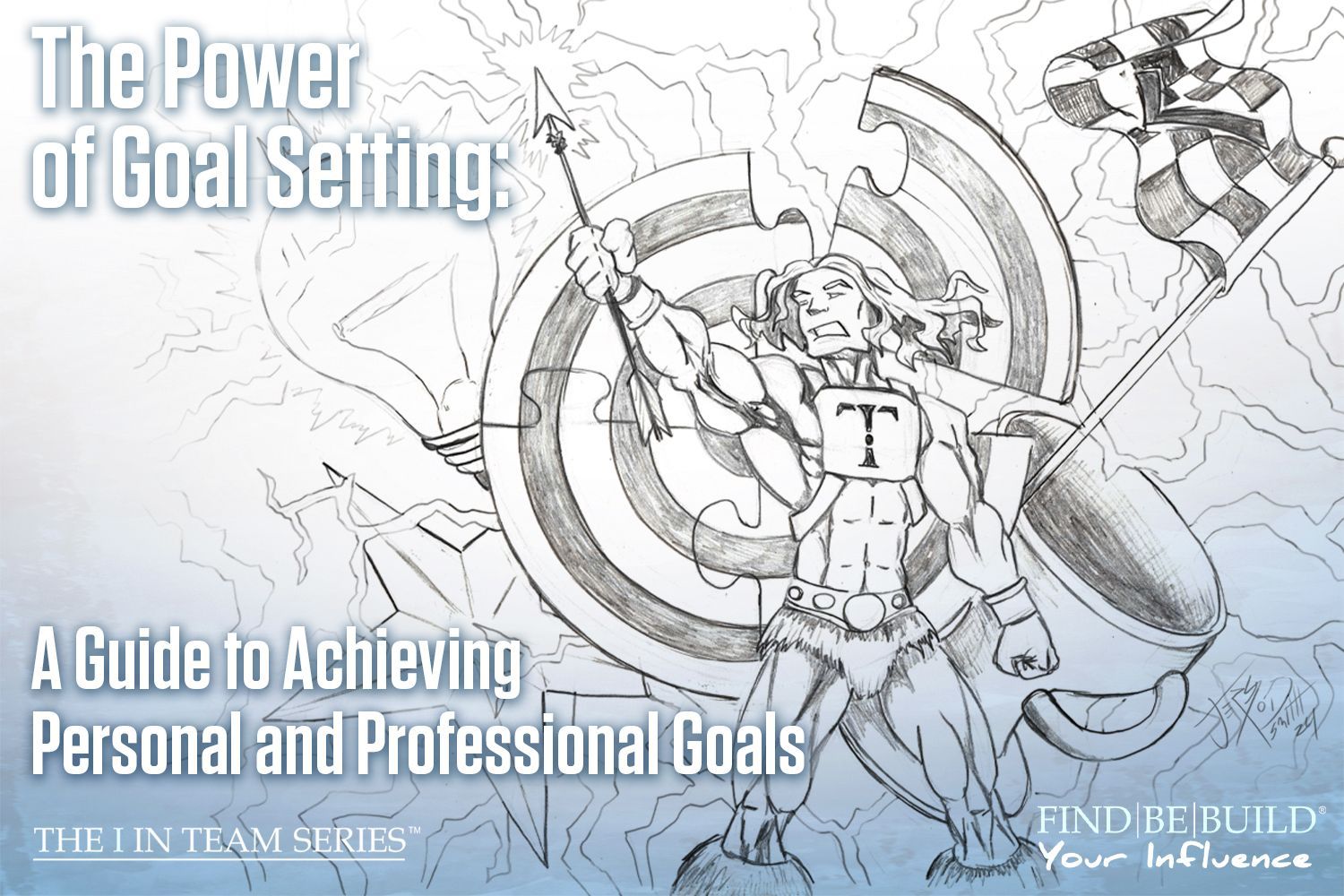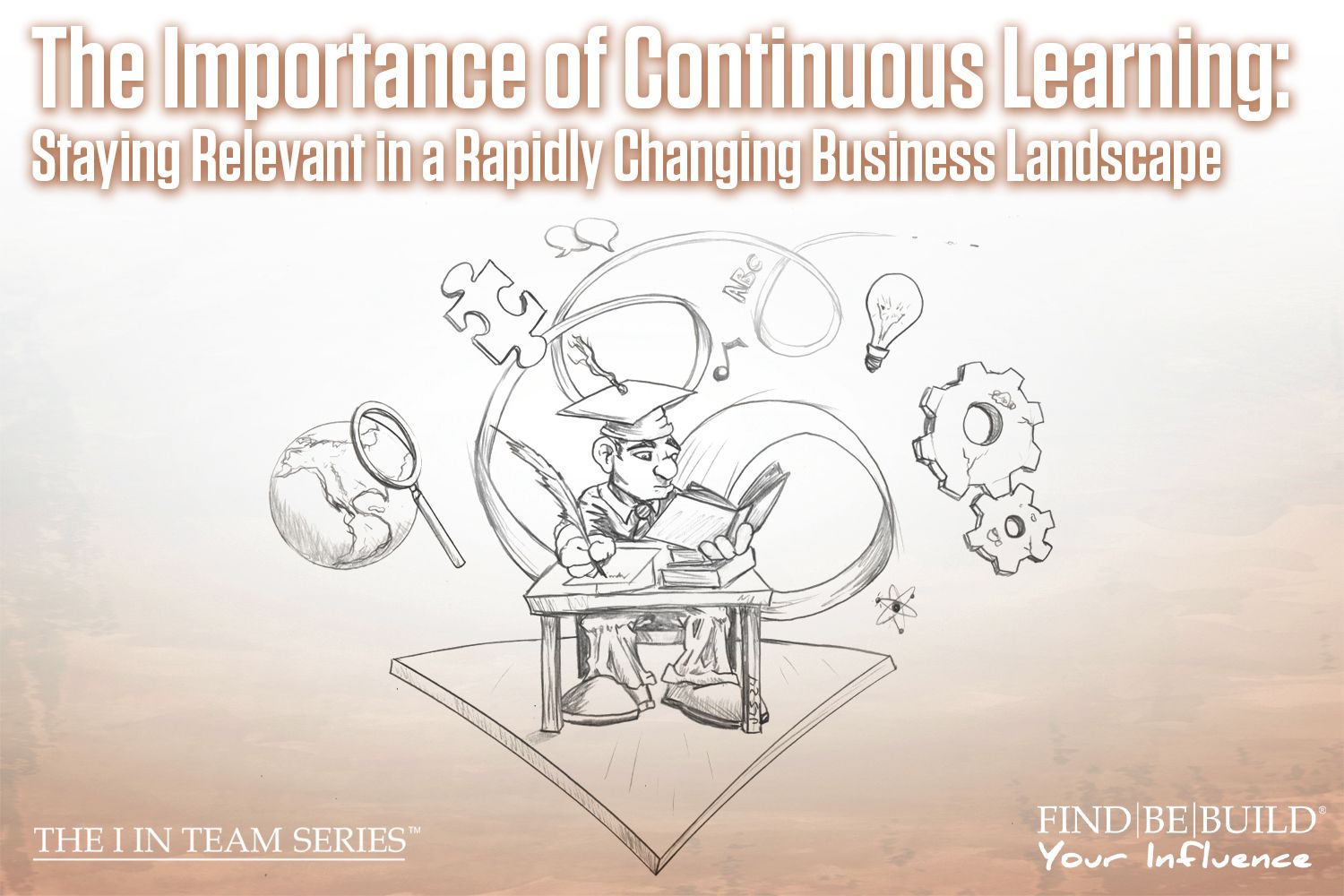Choosing the Right Large Language Model (LLM) for Your Business: A Strategic Guide

In today's fast-paced digital economy, small businesses need every advantage they can get. Large Language Models (LLMs) offer just that—a versatile, powerful tool that can act as both a lever for efficiency and a catalyst for innovation. But with various models available, how do you choose the right one for your business?
Let’s dive into what LLMs are, how they work, and which ones might be best suited for your needs.
Understanding Large Language Models: What Are They?
At their core, LLMs are advanced AI systems trained on vast datasets. They learn patterns in data and can generate text, analyze sentiment, automate customer service, and more. Training an LLM involves feeding it a significant amount of textual data, from tweets to textbooks. This pre-training sets the stage for the model to produce contextually relevant content. What's particularly beneficial is the ability to fine-tune these models to specific tasks or industries, allowing for customization that aligns with your unique business objectives.
Choosing an LLM for Your Business: Factors to Consider
Selecting the right LLM isn't just about picking the most powerful tool; it’s about finding the right fit. Consider these key factors:
1. Budget and Pricing: Understand the cost implications of different models and choose one that aligns with your budget.
2. Business Objectives: Ensure the LLM supports and enhances your business goals, whether that's improving customer service, automating tasks, or generating insights.
3. Data Sensitivity: Consider the nature of your data and the security standards of the LLM provider, especially if handling sensitive information.
4. Technical Requirements: Assess the integration complexity and technical support offered by the LLM provider.
What Are the Top LLMs for Small Businesses:
1. GPT-4 (OpenAI)
- Description: GPT-4 is one of the most advanced LLMs available, known for its wide-ranging capabilities in text generation, comprehension, and summarization (note, ChatGPT-4 is the paid version at $20 per user; team plans available).
- Excels at: Advanced coding, complex reasoning, and generating human-like text. It's particularly effective in content creation and customer interaction scenarios.
- Why I like it: GPT-4 offers versatility and depth, making it suitable for businesses that require high-quality output and sophisticated AI interactions. This is my go-to model.
2. Claude 2 (Anthropic)
- Description: Claude 2 is a model focused on safety and usability, designed to produce reliable and context-aware outputs.
- Excels at: Maintaining a broad context in conversations, which is great for detailed customer service interactions and handling large volumes of information.
- Why I like it: Its emphasis on reducing harmful and misleading outputs makes it a trustworthy choice for businesses prioritizing ethical AI use. I like it for conversational prompts in particular.
3. Gemini (Google)
- Description: After a slow start, Gemini is rapidly catching up to the others. It’s designed for high scalability and flexibility, catering to businesses that need dual capabilities in both generating text and understanding context.
- Excels at: Gemini shines in multitasking environments where businesses require the model to handle various types of data and tasks simultaneously. It’s particularly strong in applications that require content generation and data interpretation, such as dynamic customer service scenarios.
- Why I like it: What sets Gemini apart is its dual-processing capability, which allows it to efficiently manage both generative and analytical tasks. This makes it an excellent choice for small businesses that need a versatile AI that can adapt to a range of different scenarios.
4. LLaMA 2 (Meta)
- Description: LLaMA 2 is an open-source model that offers accessibility to small businesses looking to explore AI capabilities without significant initial investment.
- Excels at: A wide range of tasks with the flexibility of open-source modification, suitable for companies with AI expertise looking to customize their tools.
- Why I like it: Its open-source nature allows for extensive customization and experimentation, ideal for small businesses with specific needs.
Warning! Navigating LLM Limitations and Their Quirks:
Despite their advantages, LLMs have their quirks. They can 'hallucinate'—generate plausible but incorrect or nonsensical information. This is crucial to remember, as it highlights the importance of human oversight, particularly in tasks where precision is critical. Think of AI as a tool, not a panacea. Understanding and anticipating these limitations is key to effectively leveraging LLM technology.
Practical Use Cases for Small Businesses
- Customer Support: Automate and personalize customer interactions.
- Content Generation: Create blog posts, articles, and marketing materials.
- Data Analysis: Extract insights from large volumes of data to inform business strategies.
- Training and Development: Customize training materials based on job roles and individual learning paces.
LLMs offer a powerful tool for small businesses looking to boost productivity and innovation. Think of it like having a tireless intern at your beck and call at a fraction of the cost and with none of the complaining. Regardless of which model or models you choose, you can save time, money, and meet your customer needs around the clock. What’s not to like!
Finally, if you're thinking about using Large Language Models to help your business do innovative things like talk to customers, produce content, or make smart lists, you don't have to figure it out all by yourself. We're here to help you! At IA Business Advisors, we know all about these S.M.A.R.T. programs and can make them work for your business. Want to see how? Give us a call or send us a message. We can't wait to help you do awesome things with your business. Let’s talk soon!
